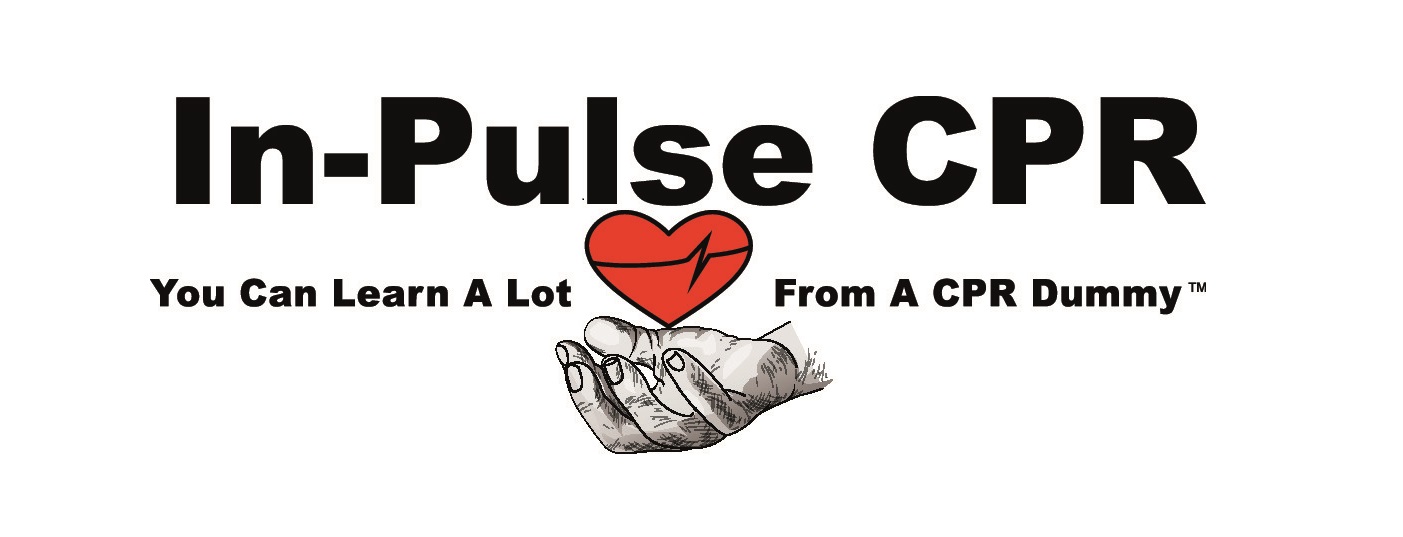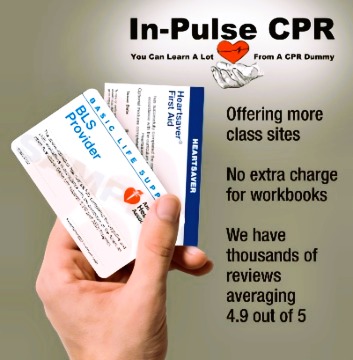Going to the Beach? Remember, Safety Comes First!
In my opinion, there’s nothing more fun to do in the summer than take a beach vacation. Growing up, my family and I would visit the beach multiple times a year and we all loved it! Splashing in the waves, walking on the wet sand, collecting shells – it can’t get much better than that!
Even though beach vacations are a lot of fun, they can also be very dangerous unless certain precautions are taken.
Before visiting the beach, please refer to the 15 safety tips I’ve listed below. Not only will following the tips make your beach trip more enjoyable, they may also save your life.
- To avoid sunburn, use a sunblock before going out in the sun. SPF 30+ is recommended. Reapply it every hour and also after exiting the water.
- Bring a first aid kit with you. In case you cut your foot on a shell, or even get stung by a jellyfish, you’ll be able to treat it with some basic first aid items from the kit.
- To protect your eyes, always wear UV protective shades.
- Always bring bottles of fresh water with you and drink the water regularly so you won’t get dehydrated.
- Bring along some shade, such as an umbrella or tent. A wide-brimmed hat will also keep the sun off you.
- Always watch where you step. Most beaches don’t allow glass bottles but there are always those who won’t follow the rules. To avoid getting cut by a piece of glass, watch where you step.
- Swim only at beaches with lifeguards. According to statistics, it’s much safer to swim on beaches that have lifeguard services. If you ever get in trouble, raise your hand for assistance and a lifeguard will come to help you.
- Remember to swim between the flags. The common flag system for beaches is: Double Red (2 Red Flags) – Extremely Dangerous Conditions
Red – Dangerous Conditions
Yellow – Caution (Moderately Dangerous Conditions)
Green – Mild Conditions
During the day, flags may be moved so be sure to always check where they are before you go out in the water.
- You should never swim alone. You need to always swim with another strong swimmer when you venture into the water.
- Never dive in. Two-thirds of ALL catastrophic neck injuries happen in open water. The sand isn’t as soft and forgiving as you may think it is.
- Remember to take a break every hour, whether it’s a sun, water or bathroom break. If you sit on the beach or stay in the water for a long period of time, fatigue, sunburn and heat exhaustion could occur.
- When exploring the beach, avoid rocky outcrops. They can be extremely dangerous in a large surf area. You should never stand on one that’s wet. Not only could you slip off, you could possibly be swept off by a wave. Because the outcrop is wet, that’s a sign that waves will be washing over it.
- You should NEVER mix alcohol and swimming. Alcohol will affect your judgment and you won’t be able to hold your breath. Approximately 50% of drowning incidents are alcohol related.
- Be aware of rips, which are swiftly moving channels of water returning to sea. Rip currents are the cause of more than 80% of near-drownings in our oceans. If you’re not exactly sure how to identify a rip, here are some characteristics to look for:
– There may be rippled effects in the water.
– The water may be darker due to the sand stirred up off the bottom.
– There may be calm patches in the surf, and waves will be breaking on either side.
– The water may be foamy and filled with debris that extends beyond the surf break.
If you’re ever caught in a rip, remember to stay calm and conserve your energy. Take a deep breath and swim parallel to the shore. If you fight the current, it’ll wear you out. So remember to not panic!
- It’s not out-of-the-ordinary for marine life forms, birds and turtles to wash up on beaches. If you see this happen, do not touch or get close to the animals. You could hurt them or they could hurt you. Contact the local authorities and they can take care of the situation.




